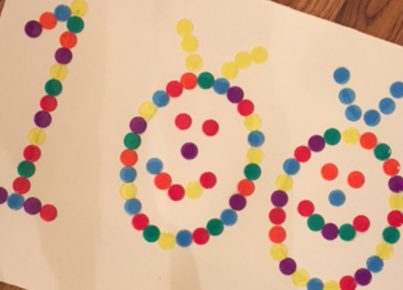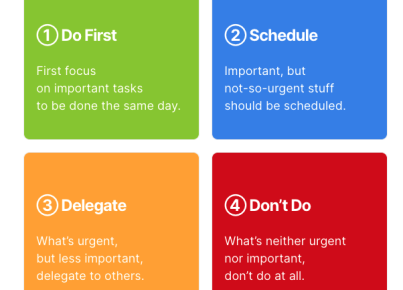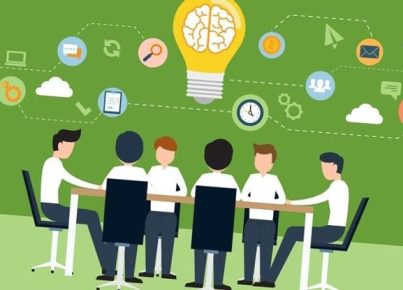Play-based learning is an educational approach that uses play as the primary mode of learning for children. This method allows children to explore, discover, and engage with the world around them in a way that is natural and enjoyable, which can enhance their cognitive, social, and emotional development. In curriculum-aligned classrooms, play-based learning ideas can be integrated to align with educational standards while still providing a child-centric learning environment.
Learning Centers
Create learning centers in the classroom that focus on different subjects such as math, science, literacy, and art. Each center can include games and activities that relate to the core curriculum. For example, a math center might have puzzles involving shapes and numbers, whereas a science center could have simple experiments or nature exploration kits.
Thematic Units
Design thematic units that incorporate play into various subjects. If the unit is focused on ‘Under the Sea’, include activities such as creating fish out of clay for art, sorting sea creature toys by different categories in math, and reading books about ocean life in literacy. The key is to ensure these activities are hands-on and interactive.
Role-Playing and Dramatic Play
Encourage role-playing where children can act out different scenarios or professions such as running a post office or managing a grocery store. Provide props and costumes to facilitate imaginative play aligned with themes being covered in the curriculum.
Outdoor Play
Integrate outdoor play into subjects. Physical education can be combined with mathematical exercises like hopscotch with numbered squares to jump in sequences, or natural sciences lessons could involve a scavenger hunt for types of leaves or insects.
Storytelling and Puppetry
Use storytelling and puppetry to address literacy goals. Have students create their puppets and then write and perform puppet shows based on stories they are reading in class.
Board Games and Puzzles
Implement educational board games and puzzles that focus on curriculum content. Games like Scrabble can reinforce vocabulary skills, while puzzles can be tailored to represent maps for geography lessons or sequences of events for history topics.
Art Projects
Art projects can also serve many areas of learning: painting numbers for math, creating collages from old magazines for media studies, or illustrating scenes from historic events or scientific concepts being studied.
Technology Integration
Incorporate technology meaningfully by using educational apps focused on coding through play or virtual field trips that align with geography or history lessons.
Sensory Bins
Create sensory bins filled with materials like rice, beans, or water beads to enhance tactile experiences while also teaching lessons in science (states of matter), math (counting objects hidden within the bin), or language (identifying textures using descriptive words).
When implementing play-based learning ideas in a classroom aligned with the curriculum requirements, it’s important to make sure each activity has clear learning goals but also allows room for creativity and child-led exploration. Balancing structured activities with open-ended play opportunities ensures children remain engaged and motivated while receiving an education that meets academic standards.





